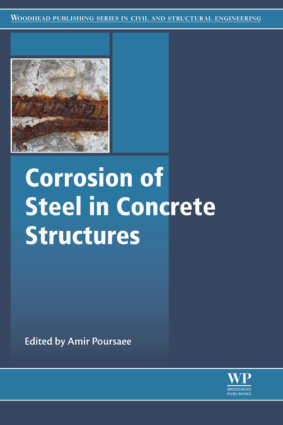Detailed Syllabus
STEEL STRUCTURES I
I. INTRODUCTION:
1) Properties of Structural Steel, Corrosion, Fire Protection.
2) Indian Standard Specifications and Sections.
II. DESIGN APPROACH:
1) Design Requirements & Design Process.
2) Analysis Procedures & Design Philosophy.
3) Introduction to Limit State Design.
4) Other Design Requirements.
III. CONNECTIONS:
1) Bearing Type Bolts.
2) Friction Grip Bolts.
3) Welded Connections
4) Hanger Connections.
5) Eccentrically Loaded Connections.
6) Splice Connections.
IV. TENSION MEMBERS:
1) Introduction.
2) Plates with Holes.
3) Angles under Tension.
4) Design of Tension Members.
V. COMPRESSION MEMBERS
1) Buckling Strength of Ideal Columns.
2) Strength of Practical Compression Members.
3) Column Strength Curves.
4) Design of Axially Loaded Columns.
5) Design of Angles Loaded through one-leg.
6) Laced and Battenned Columns.
VI BEAMS
1) Behavior of Steel beams
2) Limit State Design of Steel Beams
3) Web Buckling and Crippling
4) Lateral Torsion Buckling Behavior of Unrestrained Beams
5) Design approach for Unrestrained Beams
6) Unsymmetrical sections and Bi-axial bending
7) Built-up Sections
8) Shear Behavior of Transversely Stiffened Plate Girder Webs
9) Provision of Moment and Shear Capacity for Plate Girders
10) Design of Stiffeners
VII BEAM-COLUMNS
1) Short Beam- Columns
2) Stability Consideration for Long Beam-Columns
3) Interaction Formula
4) Design approach to Beam- Columns
VIII COLUMN BASES
1) Introduction to Bases and Footings
2) Design of Solid Slab Base
3) Design of Gusted Base
4) Other Types of Footings
STEEL STRUCTURES II
I. MOMENT CONNECTIONS
1) Simple, Semi-rigid and Rigid Connections.
2) Connection Configurations
3) Angle Cleat Connections
4) End-plate Connections
5) Semi-rigid Connections
6) Moment-rotation Characteristics
II. INDUSTRIAL BUILDINGS
1) Structural Configurations
2) Functional and Serviceability Requirements
3) Industrial Floors
4) Roof Systems
5) Plastic Analysis and Design of Portal Frames
6) Crane Gantry Girders
7) Design for Wind Actions
8) Design for Earthquake Actions
III. MULTI-STOREYED BUILDINGS
1) Structural Configurations
2) Steel-Concrete Comosite Floor Systems
3) Loading
4) Analysis for Gravity Loads
5) Lateral Load Resisting Systems
6) Analysis for Lateral Loads
7) Dual Systems
8) Advanced Structural Forms
IV. BRIDGES
1) Classification and Types of bridges
2) Load and Load Combination for highway Bridges
V. TANKS
VI. TOWERS
3) Load and Load Combination for Railway Bridges
4) Wind and Earthquake Effects
5) Design of a Typical Truss Bridge
6) Bearings and Supporting Elements
1) Introduction- Types of Tanks
2) Load and Load Combination
3) Design Aspects of Cylindrical Tanks
4) Design Aspects of Rectangular Tanks
5) Wind and Earthquake effects
6) Staging Design
1) Classification of Types of Towers
2) Loads and Load Combinations
3) Wind Effects on Towers
4) Methods of Analysis
5) Design Approaches
6) Economy and Optimisation






